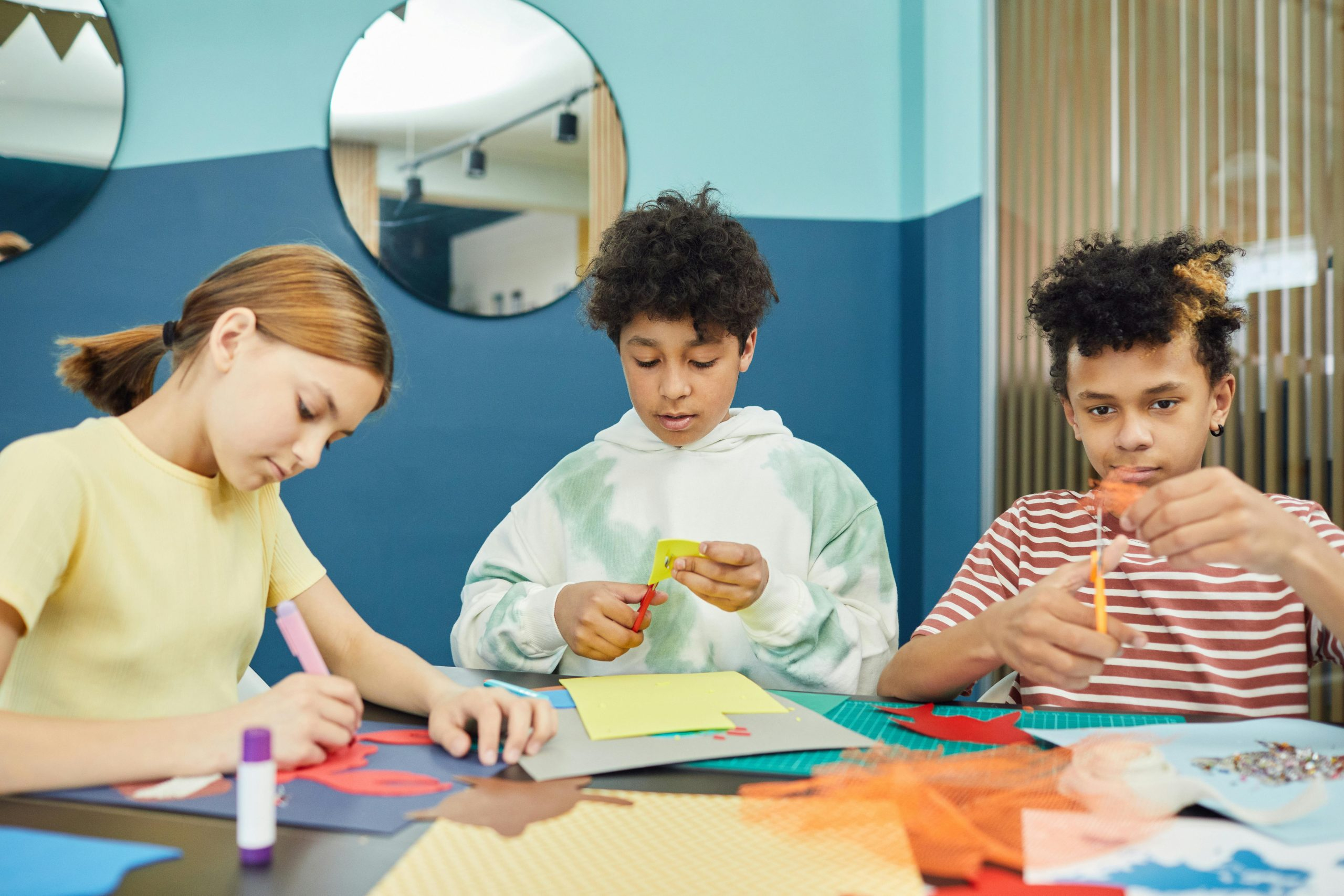Finland’s Education Secret: Less Testing, More Play
When it comes to education, Finland has become a poster child for success. Their students consistently rank at the top of international assessments, outperforming countries like the United States and the United Kingdom. And yet, what may be most surprising is Finland’s education secret: less testing and more play.
The Importance of Play in Education
The idea of incorporating play into education may seem counterintuitive. After all, how can children learn if they’re not being constantly tested and evaluated? However, research has shown that play is an essential part of a child’s development, not only for their social and emotional skills, but also for their academic success.
Less Stress, More Learning
In Finland, children start their formal education at the age of seven. This means that for the first few years of their lives, they are free to simply play and explore. This not only allows for a more stress-free childhood, but it also allows children to develop their curiosity and creativity.
In contrast, many countries, such as the United States, have a heavy focus on testing from a young age. This can create a high-pressure environment for children, leading to stress and anxiety, which can have a negative impact on their learning.
Learning Through Play
In Finland, even when children do start school, play continues to be an important part of their learning. Lessons are often designed to be hands-on and interactive, incorporating elements of play. This not only makes learning more enjoyable for the students, but it also allows for a deeper understanding of the material.
For example, instead of simply reading about fractions in a textbook, students may use blocks and other objects to physically see and manipulate fractions. This type of hands-on learning through play has been proven to be more effective for young children, as opposed to traditional lecture-style teaching.
The Role of Testing in Finland’s Education System
While Finland may have less emphasis on testing compared to other countries, it does not mean that there is no assessment at all. In fact, Finnish students are still required to take exams in their final years of school to determine their readiness for higher education. However, these tests are not the sole focus of a student’s education, and they are used as one piece of the puzzle, rather than the defining measure of success.
Additionally, teachers in Finland have more autonomy in their classrooms. They are able to design their own curriculum and assessment methods, allowing them to focus on the individual needs and learning styles of their students. This personalization in education has been shown to have a positive impact on student performance.
A Well-Rounded Education
Another key factor in Finland’s education success is the emphasis on a well-rounded education. While academics are important, Finland also values the development of social and emotional skills, as well as practical life skills. This is reflected in their curriculum, which includes subjects like woodworking, cooking, and gardening.
Moreover, students are not assigned homework until they are in their teenage years, allowing them to have a balance between school and personal life. This also allows them to pursue extracurricular activities, which are seen as an important part of a child’s development.
Conclusion
In a world where education systems are often focused on high-stakes testing and academic pressure, Finland’s approach of less testing and more play may seem unconventional. However, it has proven to be highly successful, with Finland consistently ranking at the top of international education assessments. By recognizing the importance of play and a holistic education, Finland’s education system has created a nurturing and effective environment for their students to thrive in.











